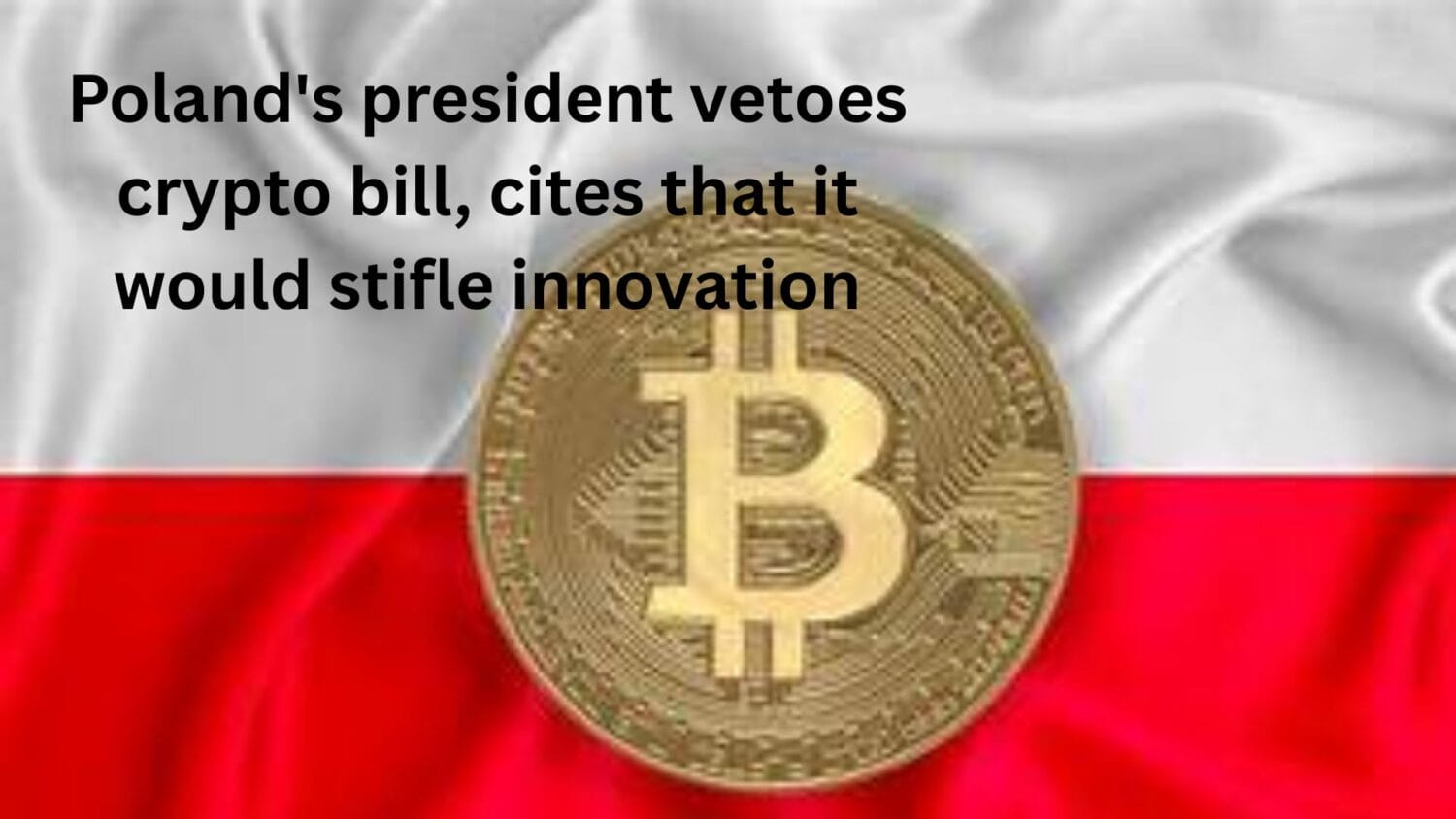Due to an ongoing economic crisis, Pakistan does not know what to do with its surplus electricity generation. Bitcoin mining seems like a gift from heaven.
Yesterday, the Ministry of Finance in Islamabad announced that it will allocate 2,000 megawatts of electricity to Bitcoin mining and AI data centers. For observers of the country, this comes as no surprise. As early as April, the government-appointed Crypto Council had already unveiled plans to utilize surplus energy through Bitcoin mining.
According to Reuters, Changpeng Zhao, founder of Binance, acts as an advisor to the council. Bilal Bin Saquib, the CEO of the Crypto Council, states that Pakistan has between 15 and 20 million crypto users. This high adoption is related to the fact that Pakistan has the world’s third-largest freelancer economy as well as a rapidly growing fintech sector.
In terms of electricity, however, the country is currently facing significant pressure. In September, the government renegotiated contracts with private power generators in an attempt to tackle “unsustainable” prices. While the economy is contracting, electricity prices have risen with general inflation, becoming increasingly burdensome for many households, leading to social unrest and putting pressure on businesses.
The problem is, in a way, artificial: until about ten years ago, Pakistan suffered from regular power outages. The government therefore granted licenses to foreign, private producers, which stabilized power supply but came with contractually guaranteed profits.
In recent years, however, Pakistan has entered a recession. While the economy grew by six percent in 2021 and 2022, it contracted in 2023 and grew by only 2.4 percent in 2024—with inflation hitting 29.2 and 23.4 percent, respectively, during these two years. The dollar value of the rupee has halved since 2019. “Public debt is rising, the rupee is depreciating, inflation is high, and there is a shortage of foreign currency reserves,” writes the German Ministry for Economic Cooperation and Development. To provide the population with adequate job opportunities, the economy would need to grow by at least seven percent.
Part of the crisis is a consequence of the Russian mass killings in Ukraine. The country is highly dependent on wheat and fertilizer imports from Russia and Ukraine. Additionally, as a result of climate change, droughts and extreme weather in Pakistan have increasingly worsened: in May 2022, an extreme heatwave pushed temperatures to 51 degrees Celsius, followed by catastrophic floods triggered by glacial melt in the Himalayas, which put one-third of the country underwater. Around 1,700 people lost their lives, nearly a million people lost their homes, and roads, bridges, fields, and industrial works were destroyed. The estimated economic damage is around 30 billion dollars.
This economic crisis has led to declining electricity consumption. But since the government entered into long-term contracts with power producers, it must pay for the excess capacity regardless. The government passed these costs onto other consumers through higher electricity bills. Although the government tried to reach a better agreement with the producers last autumn, with Bitcoin mining, the country now seems to be aiming for an alternative or additional solution. If Pakistan must pay for electricity no one else needs, why not use it to mine Bitcoin?

Pakistan’s electricity mix according to lowcarbonpower.org
With this move, Pakistan becomes the second country after Bhutan in which the state is beginning to mine Bitcoin. Unlike Bhutan, which generates practically all of its power from hydropower, Pakistan’s energy mix is far from clean. Around half is produced from gas, coal, and oil. Hydropower and nuclear energy still account for significant shares of 18.8 and 13.4 percent, and while solar power contributes a noteworthy 10 percent, wind and biogas make up only negligible portions.



























 24h Most Popular
24h Most Popular






 Utilities
Utilities